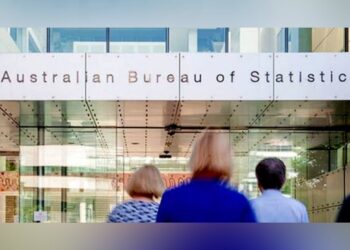APRA raps Aus Ethical Super over expenditure management
AES is the trustee for the Australian Ethical Retail Superannuation Fund and the additional conditions follow a review by APRA of the fund’s related party expenditure practices. APRA’s review identified deficiencies regarding the robustness of AES’s approach to related-party expenditure, particularly in relation to investment management agreements with its parent company, Australian Ethical Investments. AES has not demonstrated that it has adequate processes to scrutinise...
Read moreDetails


















